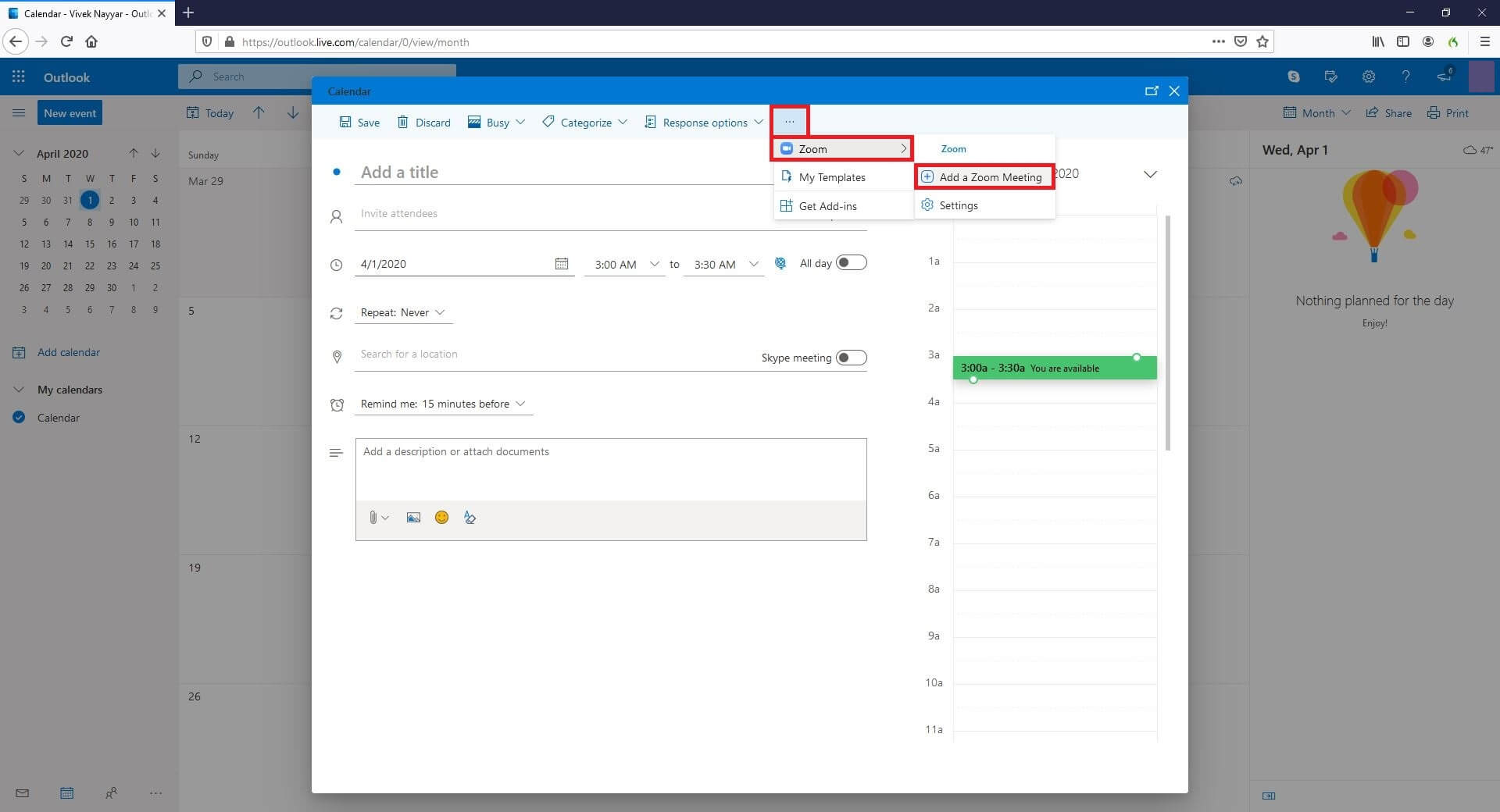


Keep it short by only providing information relevant to your recipient. If you’re writing the email on behalf of someone, you can introduce your company or let the recipient know where you received their information. If you and your recipient haven’t met, this is the best time to introduce yourself. Set the tone for the email in the first couple of sentences. Make your subject lines as simple, clear, and promising as you can. A subject line may be the difference between the email being opened or deleted without ever being viewed.įorget all of the “FWD:” intros. This is especially true if you’re sending a cold meeting request email. Subject lines are always important because they should communicate to the recipient what they’ll receive upon opening your email. You need to start with the first thing your recipient will see: subject lines. A professional and irresistible subject line Here’s everything your meeting request emails should include: 1. The Ideal Anatomy of Meeting Request Emails That’s why emails are the perfect form of communication to set up a meeting, as long as you know how to write them.

You can also send a calendar request, which helps you automatically set up a meeting in your online calendars, making the process seamless and effective.Īdditionally, you can use a general template to send multiple personalized requests in very little time. You can textualize your meeting request by using your past emails as the background. With an email, you can structure your words the best way possible, avoiding slipups, and allowing both you and your recipient to keep track of messages. Unlike appointments, which are usually less structured, meetings are made with a specific purpose in mind, usually to discuss a topic or multiple topics in depth.Īnd although you can request a meeting in multiple ways, email allows for a very convenient and professional form of communication.



 0 kommentar(er)
0 kommentar(er)
